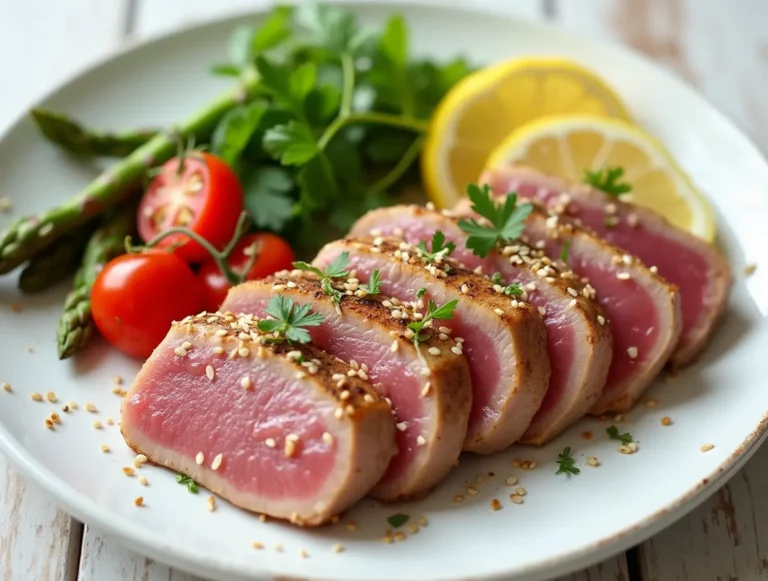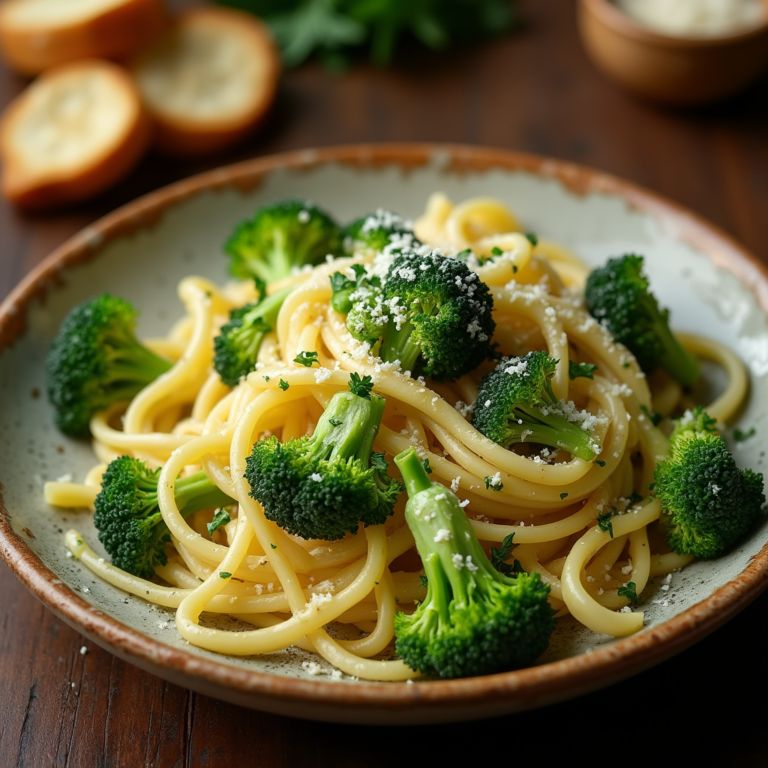Tender & Tasty Chicken Gizzards Recipe You’ll Love
Introduction
Tired of throwing away chicken gizzards or letting them go to waste? These tender, flavorful organs are actually culinary gold when prepared correctly. This chicken gizzards recipe transforms what many consider “scraps” into a succulent, protein-packed dish that will have your family asking for seconds.
After spending over 15 years perfecting offal cooking techniques in both professional kitchens and backyard barbecues, I’ve discovered the secret to making chicken gizzards incredibly tender and delicious. The key lies in proper preparation, slow cooking, and the right blend of seasonings that complement their naturally rich, meaty flavor.
In this comprehensive guide, you’ll discover essential gizzard selection tips, foolproof cooking methods that eliminate toughness, creative flavor variations to suit any palate, and answers to the most common questions about preparing this underrated protein.
Why This Chicken Gizzards Recipe Works
This chicken gizzards recipe delivers exceptional results through three key principles: affordability, simplicity, and incredible versatility.
- Uses budget-friendly organ meat that’s packed with nutrients – Chicken gizzards cost a fraction of premium cuts while providing high-quality protein, iron, and B vitamins
- Slow-braising technique breaks down tough fibers in just 45 minutes – No overnight marinating required; tender results in under an hour
- Perfect for meal prep, comfort food dinners, or impressive appetizers – One recipe adapts to multiple serving styles and occasions
- Transforms often-discarded organs into restaurant-quality dishes – Reduce food waste while creating something truly delicious
Choosing the Right Meat
Best Gizzards for This Recipe
Fresh chicken gizzards work best for this recipe, though frozen options are perfectly acceptable. Look for gizzards that are firm, deep red in color, and free from any off odors. Each gizzard should be roughly uniform in size (about 1-2 inches) to ensure even cooking. The muscular texture of gizzards makes them ideal for slow, moist cooking methods that break down their naturally tough fibers.
Buying Tips
Visit your local butcher or check the organ meat section of well-stocked grocery stores. Ask your butcher to clean the gizzards if they haven’t been processed yet – this removes the tough inner lining and any grit. Fresh gizzards should have a bright, deep red color without any gray or brown spots. If purchasing frozen, ensure they’re properly sealed and haven’t been thawed and refrozen.
Substitutions
While chicken gizzards are ideal for this recipe, you can substitute duck or turkey gizzards using the same cooking method and timing. For a completely different approach, chicken hearts work wonderfully with reduced cooking time (about 25-30 minutes). Avoid substituting with regular chicken meat, as the cooking technique is specifically designed for organ meat’s unique texture.

Ingredients & Prep
Meat Prep Essentials
Start by thoroughly rinsing 2 pounds of chicken gizzards under cold running water, removing any visible fat or membrane. Pat completely dry with paper towels – this step is crucial for proper browning. Trim away any tough white connective tissue or remaining yellow fat. If the gizzards are particularly large, cut them in half to ensure uniform cooking. Season generously with salt and let sit for 15 minutes before cooking to enhance flavor penetration.
Marinades & Seasonings
The base seasoning blend includes 2 teaspoons each of garlic powder, onion powder, and smoked paprika, plus 1 teaspoon each of dried thyme, black pepper, and salt. For the braising liquid, combine 2 cups chicken broth, 1 cup diced onions, 3 minced garlic cloves, 2 bay leaves, and 1 tablespoon Worcestershire sauce. This combination provides depth without overwhelming the gizzards’ natural flavor. Allow the seasoned gizzards to marinate for at least 30 minutes for optimal flavor absorption.
Pantry Staples
Essential ingredients include high-heat cooking oil (vegetable or canola), chicken broth for braising, yellow onions for aromatics, and fresh garlic. Keep bay leaves, dried thyme, smoked paprika, and Worcestershire sauce on hand for the signature flavor profile. White wine vinegar or apple cider vinegar adds necessary acidity to help tenderize the meat during cooking.
Step-by-Step Cooking Instructions
Pre-Cooking Prep
Remove seasoned gizzards from refrigerator 20 minutes before cooking to bring to room temperature. Heat 2 tablespoons of oil in a heavy-bottomed Dutch oven or large skillet over medium-high heat. While oil heats, prepare your aromatics by dicing onions and mincing garlic. Have your braising liquid ready and all seasonings measured for easy addition during cooking.
Cooking Method
Sear the gizzards in batches, avoiding overcrowding, for 2-3 minutes per side until golden brown. Remove gizzards and set aside. In the same pot, sauté onions until translucent (about 5 minutes), then add garlic and cook for another minute. Return gizzards to pot, add braising liquid and seasonings, and bring to a boil. Reduce heat to low, cover, and simmer for 45-60 minutes until fork-tender.
Doneness Check
Properly cooked gizzards should pierce easily with a fork and have no resistance when cut. Unlike other meats, gizzards don’t have a specific internal temperature target – tenderness is the key indicator. If they’re still tough after 45 minutes, continue cooking in 15-minute intervals until desired tenderness is achieved. The braising liquid should be reduced by about half when done.
Resting & Finishing
Remove the pot from heat and let gizzards rest in the braising liquid for 10 minutes. This final resting period allows the meat to reabsorb some moisture and reach optimal tenderness. Remove bay leaves before serving, and adjust seasoning with salt and pepper to taste. The reduced braising liquid makes an excellent gravy when thickened with a cornstarch slurry if desired.
Pro Tips for Perfect Gizzards
Avoiding Tough, Chewy Results
Never rush the cooking process – gizzards require slow, gentle heat to break down properly. Avoid boiling vigorously, which can make them rubbery. If your gizzards seem tough after the initial cooking time, continue braising rather than increasing heat. Adding a tablespoon of vinegar to the braising liquid helps accelerate the tenderizing process naturally.
Tool Recommendations
A heavy-bottomed Dutch oven provides the best heat distribution for even cooking. A good meat thermometer isn’t necessary for gizzards but helps monitor braising liquid temperature (maintain around 185-190°F). Sharp kitchen shears make trimming fat and connective tissue much easier than a knife. A fine-mesh strainer is useful if you want to strain and reduce the braising liquid into a smooth gravy.
Storage & Reheating
Store cooked gizzards in their braising liquid in the refrigerator for up to 4 days. For longer storage, freeze in the cooking liquid for up to 3 months – the liquid prevents freezer burn and maintains moisture. Reheat gently in a covered pot over low heat, adding a splash of broth if needed. Avoid microwaving, which can make the texture rubbery.
Flavor Variations
Spicy Twist
Transform this into a fiery dish by adding 2-3 diced jalapeños with the onions and a teaspoon of cayenne pepper to the seasoning blend. For serious heat lovers, incorporate 1-2 chipotle peppers in adobo sauce into the braising liquid. The smoky heat pairs beautifully with the rich, meaty flavor of the gizzards while the braising method keeps the spice from becoming overwhelming.

Low-Carb & Keto
This recipe is naturally keto-friendly and low-carb. Enhance the fat content by finishing with 2 tablespoons of grass-fed butter stirred into the reduced braising liquid. Replace any wine with additional broth, and ensure your Worcestershire sauce is sugar-free. Serve over cauliflower rice or alongside roasted low-carb vegetables for a complete keto meal.
Global Flavors
Create an Asian-inspired version by replacing traditional seasonings with soy sauce, ginger, star anise, and a touch of rice wine. For Mediterranean flair, add oregano, rosemary, tomato paste, and a splash of red wine to the braising liquid. A Cajun variation works wonderfully with the holy trinity (celery, bell peppers, onions) and traditional Creole seasonings like thyme, oregano, and paprika.
Serving Suggestions
Serve these tender gizzards over creamy mashed potatoes, rice, or egg noodles to soak up the flavorful braising liquid. The rich, savory flavors pair excellently with simple steamed vegetables like green beans or broccoli. For a rustic presentation, serve alongside crusty bread for dipping in the reduced cooking liquid.
Wine pairings work beautifully with this hearty dish – try a medium-bodied red like Merlot or Côtes du Rhône. Beer lovers should opt for amber ales or brown ales that complement the rich, meaty flavors without overpowering them. For non-alcoholic options, rich beef or mushroom broth makes an excellent complementary beverage.
FAQs
Can I use frozen gizzards? Yes, frozen gizzards work perfectly for this recipe. Thaw completely in the refrigerator overnight before cooking. Frozen gizzards may release more liquid during cooking, so you might need to simmer uncovered for a few extra minutes to reduce the braising liquid properly.
How do I fix overcooked gizzards? If gizzards become too tough from overcooking at high heat, continue braising them at very low temperature with additional liquid. The extended gentle cooking will eventually break down the proteins again. This can take an additional 30-45 minutes, but patience will restore tenderness.
Is this recipe safe during pregnancy? Properly cooked organ meats are generally safe during pregnancy, but consult your healthcare provider first. Ensure gizzards reach an internal temperature of 165°F and are cooked until very tender. Pregnant women should source gizzards from reputable suppliers and ensure they’re fresh and properly handled.
Can I make this in a slow cooker? Absolutely! After browning the gizzards and sautéing aromatics, transfer everything to a slow cooker. Cook on low for 4-6 hours or high for 2-3 hours. The longer, gentler cooking method produces exceptionally tender results.
Why do my gizzards taste gritty? Gritty texture usually indicates incomplete cleaning. Always rinse gizzards thoroughly and remove the tough inner lining. If purchasing from a butcher, ask them to clean them properly. Some gizzards may retain small stones or grit from the bird’s digestive process, which proper cleaning eliminates.
Conclusion
Fire up your stovetop and discover why chicken gizzards deserve a place at your dinner table! This foolproof recipe transforms humble organ meat into a tender, flavorful dish that rivals any expensive cut. The slow-braising technique ensures perfect results every time, while the versatile flavor profile adapts to any cuisine preference.
Join thousands of home cooks who’ve discovered the incredible value and taste of properly prepared chicken gizzards. Once you master this technique, you’ll never view these nutritious organs as waste again – they’ll become a regular feature in your meal rotation.
Ready to explore more underrated cuts? Try our Ultimate Beef Heart Stew or discover the secrets of Perfect Pan-Seared Chicken Livers for your next culinary adventure!







